Smartler - Smartler










More Posts from Smartler and Others
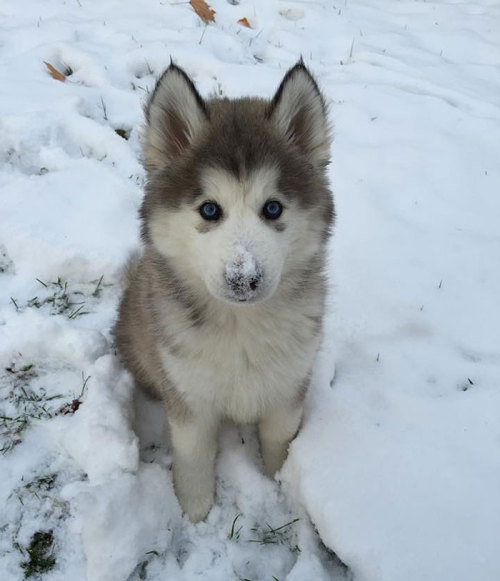
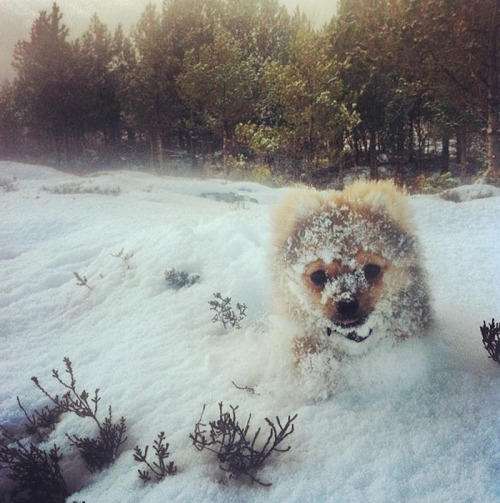

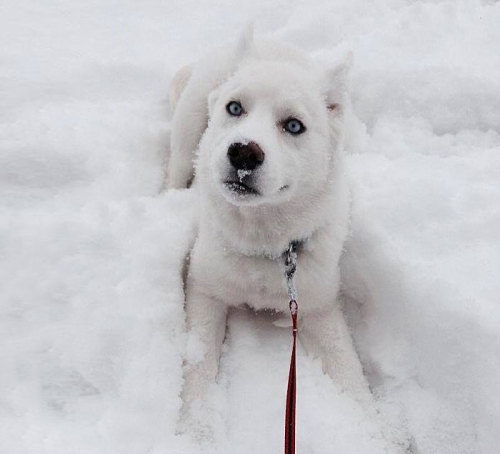
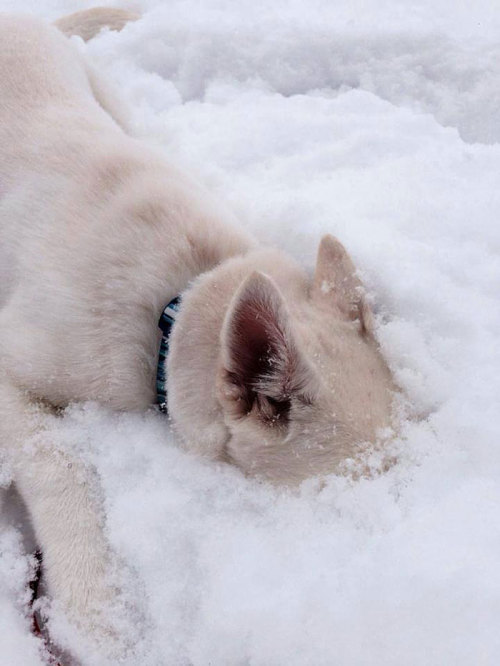
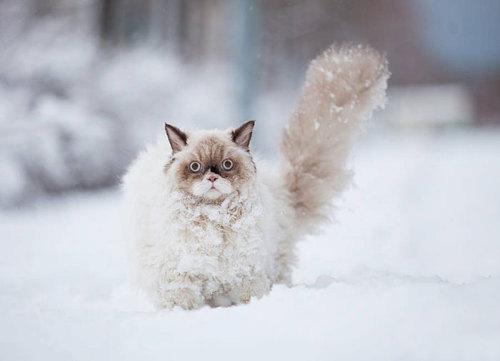
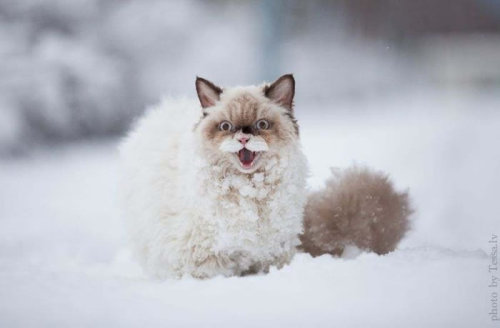
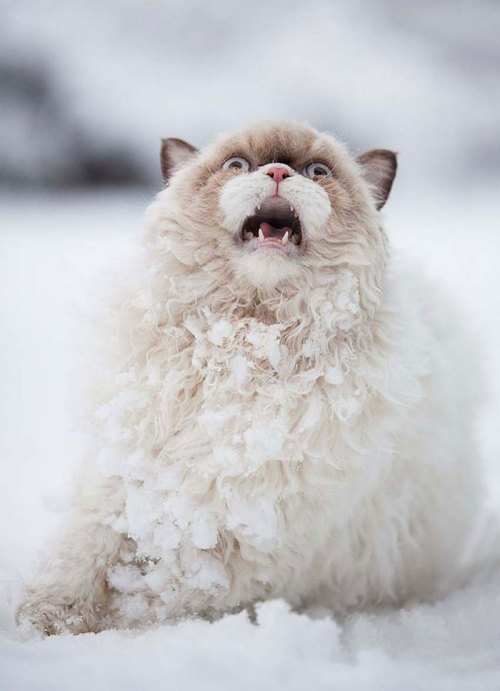
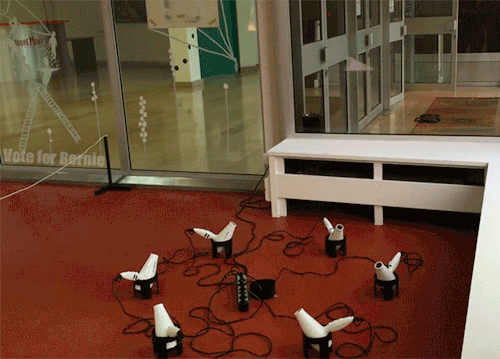
When engineers are bored.
Water on Mars!

Did you hear? New findings from our Mars Reconnaissance Orbiter (MRO) provide the strongest evidence yet that liquid water flows intermittently on present-day Mars.
Using an imaging spectrometer on MRO, we found hydrated minerals on slopes where mysterious streaks are seen on Mars. One thing that researchers noticed was that the darkish streaks appear to ebb and flow over time. During warm seasons, they darken and then fade in cooler seasons.

When discovered in 2010, these downhill flows known as recurring slope lineae (RSL) were thought to be related to liquid water. With the recent spectral detection of molecular water, we’re able to say it’s likely a shallow subsurface flow explains the darkening.
Mars is so cold, how could liquid water flow there? Great question! Since this liquid water is briny, the freezing point would be lower than that of pure water. Also, these saline slopes appear on Mars when temperatures are above minus 10 degrees Fahrenheit (minus 23 Celsius).
The dark, narrow streaks flowing downhill in the below image are roughly the length of a football field.

So there’s water, but how much? Currently we think this area has a very small amount of water, probably just enough to wet the top layer of the surface of Mars. The streaks are around four to five meters wide and 200 to 300 meters long.
Could humans drink this water? The salts in the water appear to be perchlorates, so you probably wouldn’t want to drink the water. It would most likely be very salty and would need to be purified before human consumption.
Perchlorate…What is that? A perchlorate is a salt that absorbs water from the air. Learn more about how it’s helping us unlock the mysteries of Mars in this video:
What’s next? We want to look for more locations where brine flows may occur. We have only covered 3% of Mars at resolutions high enough to see these features.
For more information on the Mars announcement, visit our Journey to Mars landing page. There is also a full recap of the press conference HERE, and a short recap below.
Make sure to follow us on Tumblr for your regular dose of space: http://nasa.tumblr.com
name one difference between birds and children
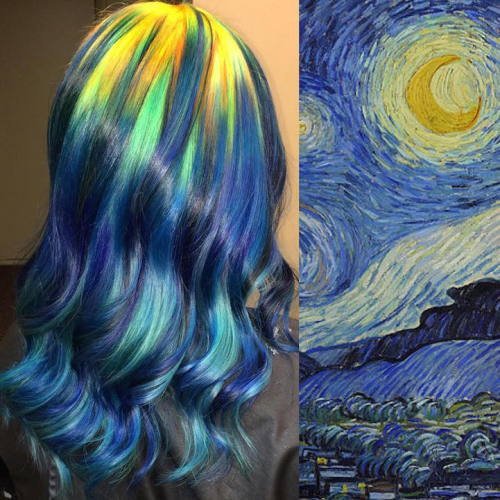
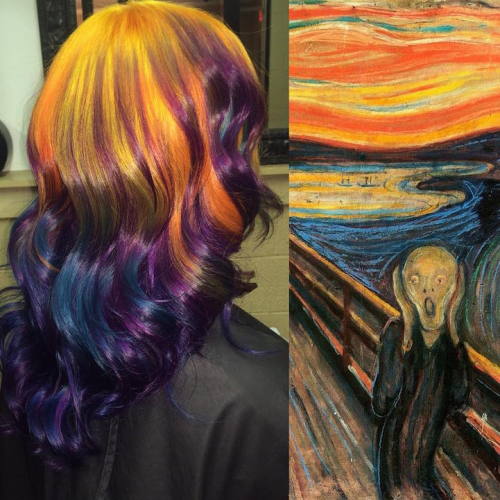


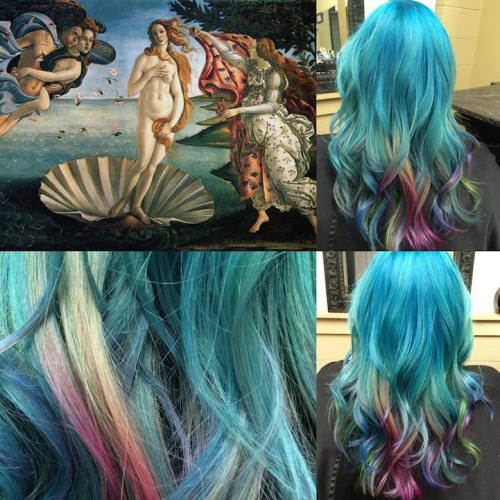
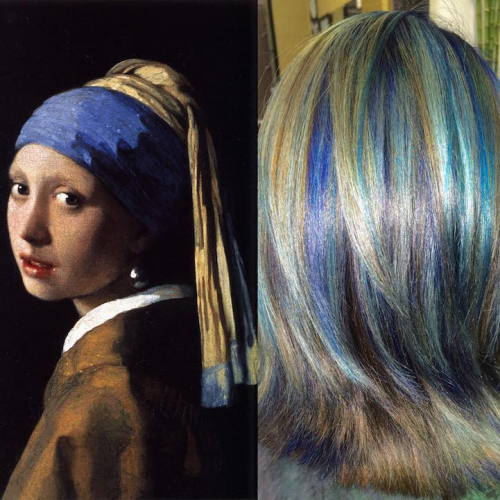

Hairstylist Creates Hair Dyeing Masterpieces Inspired by Classic Fine Art Paintings
About your previous post, space-paintings sound awesome
You’re awesome

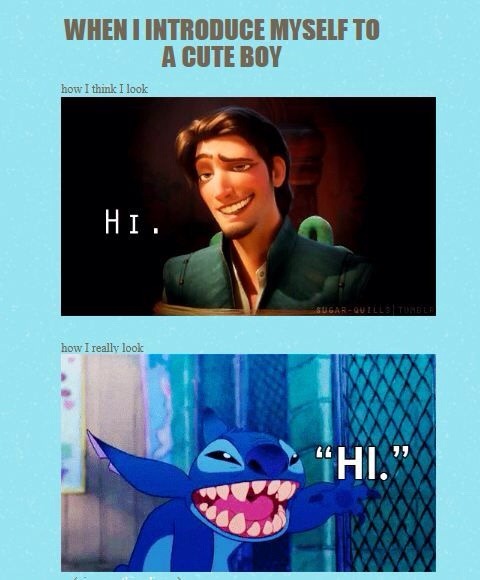
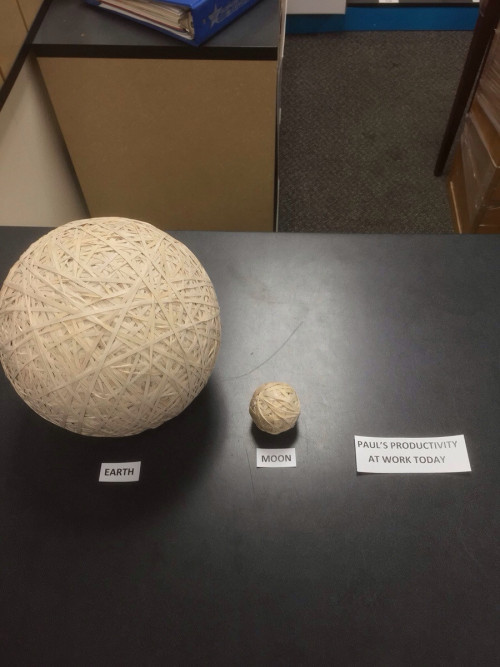




This is the coolest outer space animation ever. It shows the Crab Supernova explosion, happened in 1054, and its evolution into the remnant it is now - called the Crab Nebula. Basically a thousand years speeded up into less than a minute.
Modern understanding that the Crab Nebula was created by a supernova, an explosion of a massive supergiant star, dates to 1921 when Carl Otto Lampland announced he had seen changes in its structure. This eventually led to the conclusion that the creation of the Crab Nebula corresponds to the bright SN 1054 supernova recorded by Chinese astronomers in AD 1054. There is also a 13th-century Japanese reference to an appearance of a new or “guest” star in Meigetsuki. It was then so bright it was visible during the daytime for 23 days.
animation credit: ESA/Hubble (M. Kornmesser & L. L. Christensen)










the translucent skin of the northern glassfrog (hyalinobatrachium fleischmanni) allows us to see its internal viscera, and, in the case of the fifth photo, a mother’s eggs.
and yet, it is the male glassfrogs who alone provide the parental care, as the females flee the scene once the eggs have been delivered. it for this reason that these protective male glassfrogs can be extremely aggressive.
to date, there is no clear explanation for the evolution of this transparency. most frogs are not transparent, as this would expose organs to the deleterious effects of sunlight and heat.
but the transparent underbelly of the glassfrog is covered in light reflecting organelles called iridiphores which could give the glassfrogs the ability to optimize their internal homeostasis.
some suspect this abdoninal transparency helps the glassfrog to blend into its environment, though no evidence as yet supports this crypsis hypothesis.
photos by (click pic) alejandro arteaga, nicholas reusens, thomas marent, pete oxford, heidi and hans jurgen koch, joel sartore and geoff gallice
-
 rena-chan90 liked this · 2 months ago
rena-chan90 liked this · 2 months ago -
 alaskaenmelena liked this · 5 months ago
alaskaenmelena liked this · 5 months ago -
 cyphaerus reblogged this · 5 months ago
cyphaerus reblogged this · 5 months ago -
 cyphaerus liked this · 5 months ago
cyphaerus liked this · 5 months ago -
 vilmostest reblogged this · 11 months ago
vilmostest reblogged this · 11 months ago -
 one-lonely-king liked this · 1 year ago
one-lonely-king liked this · 1 year ago -
 granamprimdi liked this · 1 year ago
granamprimdi liked this · 1 year ago -
 sweetsweatbee liked this · 1 year ago
sweetsweatbee liked this · 1 year ago -
 agoblinment liked this · 2 years ago
agoblinment liked this · 2 years ago -
 mortallyimpossibleduck reblogged this · 2 years ago
mortallyimpossibleduck reblogged this · 2 years ago -
 richard-heads-stuff reblogged this · 2 years ago
richard-heads-stuff reblogged this · 2 years ago -
 richard-heads-stuff reblogged this · 2 years ago
richard-heads-stuff reblogged this · 2 years ago -
 richard-heads-stuff liked this · 2 years ago
richard-heads-stuff liked this · 2 years ago -
 someverygoodstuff liked this · 2 years ago
someverygoodstuff liked this · 2 years ago -
 bitmeddler liked this · 2 years ago
bitmeddler liked this · 2 years ago -
 terryliu91 reblogged this · 3 years ago
terryliu91 reblogged this · 3 years ago -
 sweetnsourshortness liked this · 3 years ago
sweetnsourshortness liked this · 3 years ago -
 oscahpitlane reblogged this · 3 years ago
oscahpitlane reblogged this · 3 years ago -
 fredweasleyfreak reblogged this · 3 years ago
fredweasleyfreak reblogged this · 3 years ago -
 ozma914 liked this · 3 years ago
ozma914 liked this · 3 years ago -
 keepxsolxinxsolxinvictus reblogged this · 3 years ago
keepxsolxinxsolxinvictus reblogged this · 3 years ago -
 keepxsolxinxsolxinvictus liked this · 3 years ago
keepxsolxinxsolxinvictus liked this · 3 years ago -
 chimerical-charisma liked this · 3 years ago
chimerical-charisma liked this · 3 years ago -
 itsgaile liked this · 3 years ago
itsgaile liked this · 3 years ago